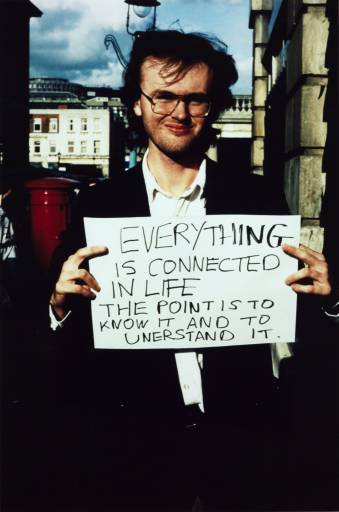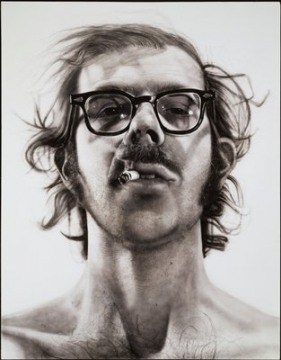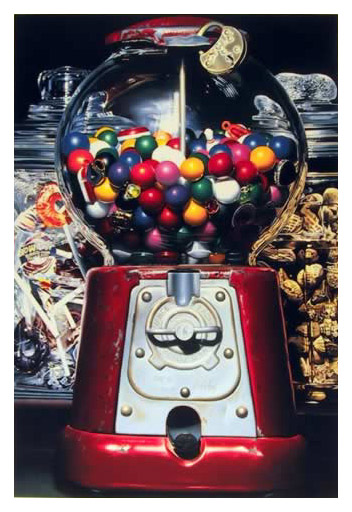












Eva Kot'atkova
Stories from the Living Room 2010
Kot'atkova investigates into personal space, everyday actions and situations, and the relationship between people and their surroundings. She is interested in how we are affected by the experiences of childhood, for example, educational institutions, with their rules, policies and physical restrictions. Her project for Liverpool Tate Gallery brings together people from Liverpool at different stages of life whose experiences and personal histories have been informed by a variety of social environments. School children and adults met separately and together so that they could share and record their life stories. The children are shown being filmed, retelling the adults life story. It is interested to hear what the children remember, the facts that seem important to them and how they interpret the adults life story.










Different shots of Marilyn Monroe, with the names of the films in which she appeared. Most of the roles she was an overtly sexy ‘dumb blonde’ – An image or character she embraced and struggled to shake off during her acting career. The wallpaper is a mechandise which reproduced her image. Like ‘Gibson Girls’ drawings of late nineteenth century, Marilyn represented an American beauty ideal which was, and still is, reproduced the world over.
Montague of images of Marilyn, advertising her films and different roles she has played.
Explicitly echos Andy Warhols icon depiction of Marilyn Monroe. Pop artists took inspiration from the mass of images in consumer culture, their art often imitating cheaper media. Wallpaper imitated Art, Warhols depiction of the star is reflected back in popular print form in ‘Superstar’. Her face is printed on foil, creating a mirror for the viewer to see their own faces reflected with her image, one that has come to encapsulate an ideal of feminine beauty. Known as the epitome of beauty, everyone knew who she was, with her glamorous style and iconic figure.
Silver foil, she loved to live in the spotlight, foil is used as a metaphor for the bright, shiny lights of Hollywood. Even her death was very public. This image is used repeatedly, even now years later it can be seen. The image still has the same effect on people.
Man United Wallpaper
Merchandise, people buying into the brand. Not just a football team but also a consumer product known worldwide. Showing all the greatest players, epitome of masculinity, fit healthy physic. Boys idolise and want to be them. Aspire to play for a top world known football club when they are older. Masculine colours, red and white.
Spice Girls wallpaper
Same as Man United wallpaper however aimed at girls. The reasoning is mirrored, advertising, brand, merchandise. Girls idolise, want to be like the Spice Girls. All have their own favourite Spice Girl who they imitate or aspire to be. It was a major craze in the late 1990s. Merchandise included everything from wallpaper, to birthday cakes or alarm clocks. The same in culture today with girl bands such as The Saturdays and Girls Aloud.









